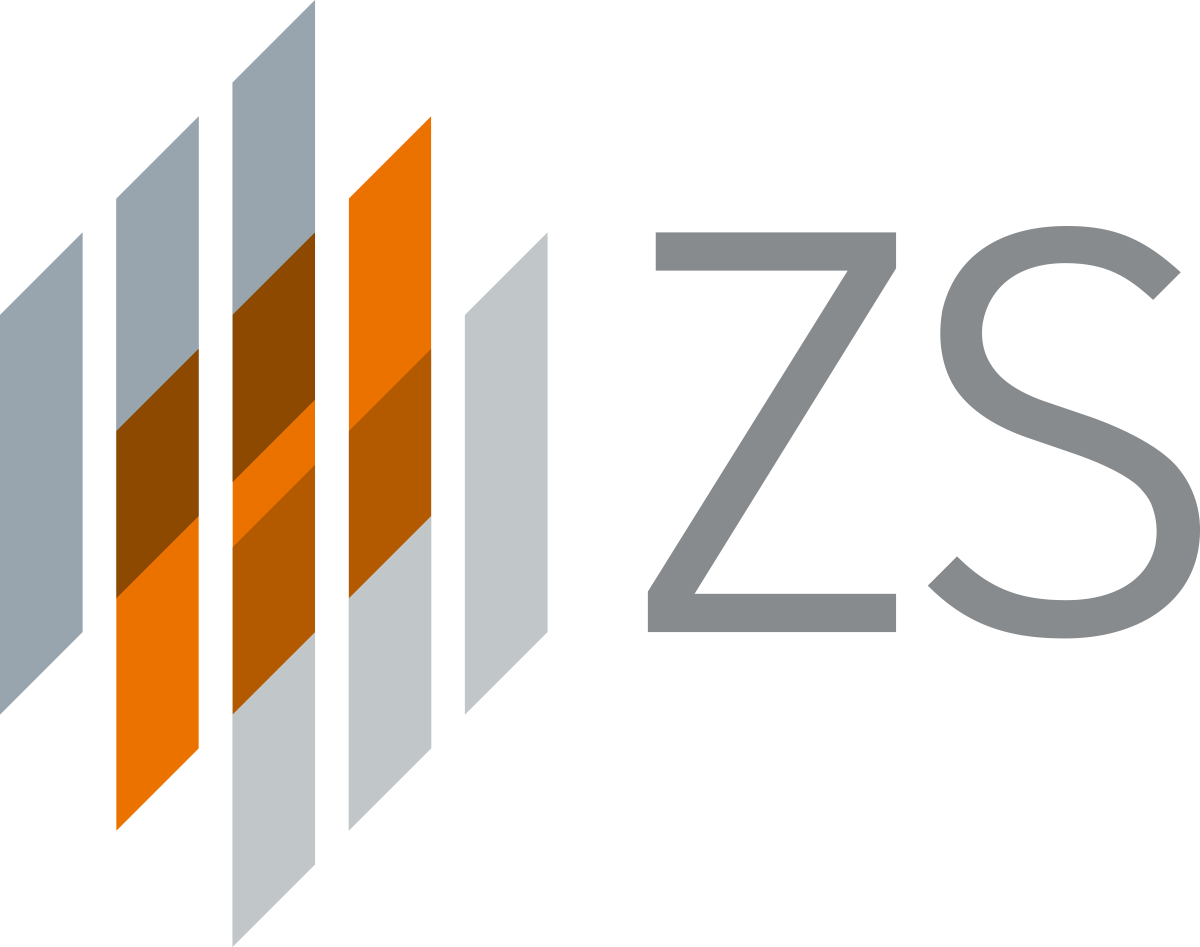ARTICLE SUMMARY:
The most important aspect of pricing tool fit is the impact on your business. But if business leaders don’t care about pricing metrics, no one else will either. To do that effectively, focus on three areas. By Matt O’Rourke, Shelly Grimaldi and Abhishek Rathi, ZS.

ZS
ZS intimately understands the complexities of the medtech market, and we can help you connect the dots across your organization, from strategy through commercialization.
The past two years have been challenging on numerous fronts, not the least of which has been maintaining margin. Despite the global pandemic, many businesses achieved record sales, only to find operating margins eroded with widespread inflation not seen in generations. Across medtech, commercial teams are faced with the need to take significant pricing actions for the first time in their careers.
| This story originally posted on May 1, 2023. |
These discussions with customers may feel especially uncomfortable not only because negotiating large price increases is unfamiliar but also because pricing capabilities are so often underdeveloped. Excellence in pricing execution entails more than an efficient deal desk. It’s a core competency that ensures commercial organizations capture their share of the value delivered to customers. To do that effectively, no matter the state of the economy, focus on three areas:
- Equip your teams with the tools and analytics they need to answer the right questions.
- Identify where enterprise software doesn’t fit your organization and is causing friction and either re-customize it or replace it.
- Update executive dashboards with insightful, relevant pricing key performance indicators (KPIs).
Create a toolset that answers the right questions
Pricing execution, at its core, is your commercial team’s attempt to capture the optimal value delivered to your customers. Achieving this seemingly straightforward goal is complex because each member of the commercial team has a different role to play in the process, often requiring different information, tools and feedback.
- Pricing practitioners and sales teams: Tools must be able to address specific commercial team needs. Typical queries include:
- What were my pricing gains this year compared to last year?
- What is the optimal price for individual products that also aligns with my strategy?
- Do my pricing goals align with existing organizational goals for managers and salespeople?
- What is the right bundle or mix of products to maximize deal margin?
- What are the primary sources of margin leakage?
If prescribed pricing tools don’t make your commercial team’s job easier by quickly and definitively answering these questions, they will be discarded in favor of easier, more familiar sources of information.
- Managers: In addition to the questions above, managers looking at pricing information in aggregate also will have broader questions:
- Why is gross margin off plan even though revenue is on track? Is the cause due to mix, price or cost?
- Is price erosion specific to geography, product line or customer segment?
- What is the strategic focus to reverse margin erosion—marketing, sales execution or operational effectiveness?
For managers to incorporate a pricing tool into their processes, it must provide easy access to information that helps them guide the business and meet their objectives. It’s not enough to simply provide neatly organized price waterfalls and margin scatters. The information presented needs to build a clear bridge from the financials to individual transactions, allowing managers to drill into data to uncover important issues, determine their root cause and take appropriate actions to rectify them.
Choose software that fits your organization: Don’t force a bad fit
Understanding the utility of pricing analytics and tools—and getting them right—is difficult enough, but that’s just the beginning. Most pricing software companies offer a wide array of analytics and tools that are generally useful to most businesses. However, unique medtech manufacturer scenarios often determine whether pricing tools are embraced or rejected. These differences usually manifest in the following areas:
- Market conditions related to geography, regulation, competitive landscape and supply chain
- Unique business characteristics, such as capital goods vs. service, contract structures, pricing models, customer incentives, unique business processes and strategic partners
- IT infrastructure, including enterprise resource planning, data warehousing and commercial operations tools and architectures
- Company culture and strategy
Ensure medtech pricing tools and policies advance corporate objectives
Whatever the differences, even competitors in the same therapeutic areas will have specific requirements that drive customization of the pricing tools and policies. If pricing tools and policy do not align with specific business needs, they will go unused. Canned pricing solutions are the classic “hammer in search of a nail.” This isn’t only because they aren’t tailored to fit the business but also because they often don’t align with the IT infrastructure. Often, they have built-in data visualization, hard-coded data interfaces, proprietary configure, price and quote (CPQ) modules and other fixed aspects that don’t align with your current tool set. This means substantial new development, custom interfaces and training. In worst case scenarios, your team can’t use the tool.
Searching for your next pricing tool may reveal that your broader commercial toolkit needs a significant upgrade. If your company already uses Salesforce CPQ & Billing for quoting, Snowflake for data warehousing and Tableau for data visualization, then it’s likely that all you really need is to do is implement pricing analytics in those platforms. You shouldn’t have to pay for applications you don’t need and unnecessarily burden commercial teams with additional training.
Whether you’re using Salesforce for your customer relationship management and CPQ or you have a well-established custom commercial toolset, your pricing tools should be a seamless fit. When a salesperson is quoting a new deal, the pricing analytics should run in the background and provide only the information needed to determine if the price is consistent with market conditions and company pricing policy. Sales pipelines should be seeded with information from pricing analytics that identify areas where volume can be expanded using target pricing actions. The dashboard your managers use to monitor the health of the business should be enabled to drill down from aggregate financial performance to the root cause at the transaction level.
Build insightful pricing KPIs and integrate them into the business review process
The most important aspect of pricing tool fit is the impact on your business. Even if the tools answer the right questions and everyone on the commercial team embraces them, if the impact of pricing is not well understood by senior managers, these tools will eventually fade into obscurity. If business leaders don’t care about pricing metrics, no one else will either. For that reason, creating a small set of pricing KPIs that tie to core financial metrics that are already tracked in the business review process is critical.
Pricing KPIs need to be an integral part of the monthly and quarterly business review cadence, alongside manufacturing and supply chain KPIs that drive the operations team. There is no single lever that has more impact on top- or bottom-line financial performance than price, from which 100% of your company’s financial value flows. However, many organizations lack dedicated, regularly reported pricing KPIs.
This is most likely due to the unsatisfying nature of most pricing metrics. While the KPIs presented in business reviews are often aggregated at business unit, product line and geographic levels, pricing KPIs are almost always calculated at the stock keeping unit level. When they’re aggregated, the margin impact of pricing changes is obscured by the margin impact of product and customer mix. Because of this, the CEO and CFO often sit in the monthly business review, grilling their team on why the margin is degrading while the pricing and operational KPIs are positive. As the pricing team insists that all price increases were executed, cue the finger pointing as supply chain and marketing teams and others look for someone else to blame for the lower margins.
Leadership confidence in medtech pricing tool KPIs fuels success
The solution is to develop pricing KPIs that disaggregate changes in gross margin into those caused by price, mix and cost increases. Once business leaders can use KPIs to accurately assess whether they have a sales and marketing, price execution or purchasing problem, they will develop increased faith in all KPIs, especially pricing, and incorporate them as business review cornerstones.
There is no off-the-shelf “silver bullet” pricing tool that will work well without customization. However, starting with pricing analytics, dashboards, templates and KPIs designed at the outset for medtech companies—and adapting them to your specific environment—provides the best chance of sustaining pricing execution excellence.
 Matt O’Rourke is a principal in ZS’s Boston office and a leader in the B2B marketing and pricing practice. He helps organizations drive margin expansion and build lasting capability in pricing and revenue optimization.
Matt O’Rourke is a principal in ZS’s Boston office and a leader in the B2B marketing and pricing practice. He helps organizations drive margin expansion and build lasting capability in pricing and revenue optimization.
 Shelly Grimaldi is a San Francisco-based manager leading teams in ZS’s medtech practice. As an upstream marketing strategist, Shelly sets clients up for commercial success through work across portfolio positioning and pricing strategy.
Shelly Grimaldi is a San Francisco-based manager leading teams in ZS’s medtech practice. As an upstream marketing strategist, Shelly sets clients up for commercial success through work across portfolio positioning and pricing strategy.
 Abhishek Rathi is an associate principal in ZS’s New York City office and a leader in the analytics and AI practice. He specializes in developing innovative AI applications across diverse business functions, including marketing, supply chain management, procurement and pricing.
Abhishek Rathi is an associate principal in ZS’s New York City office and a leader in the analytics and AI practice. He specializes in developing innovative AI applications across diverse business functions, including marketing, supply chain management, procurement and pricing.
ZS is a management consulting and technology firm that partners with companies to improve life and how we live it. We transform ideas into impact by bringing together data, science, technology and human ingenuity to deliver better outcomes for all. Founded in 1983, ZS has more than 13,000 employees in over 35 offices worldwide. To learn more, visit www.zs.com or follow us on LinkedIn
Learn more at ZS
